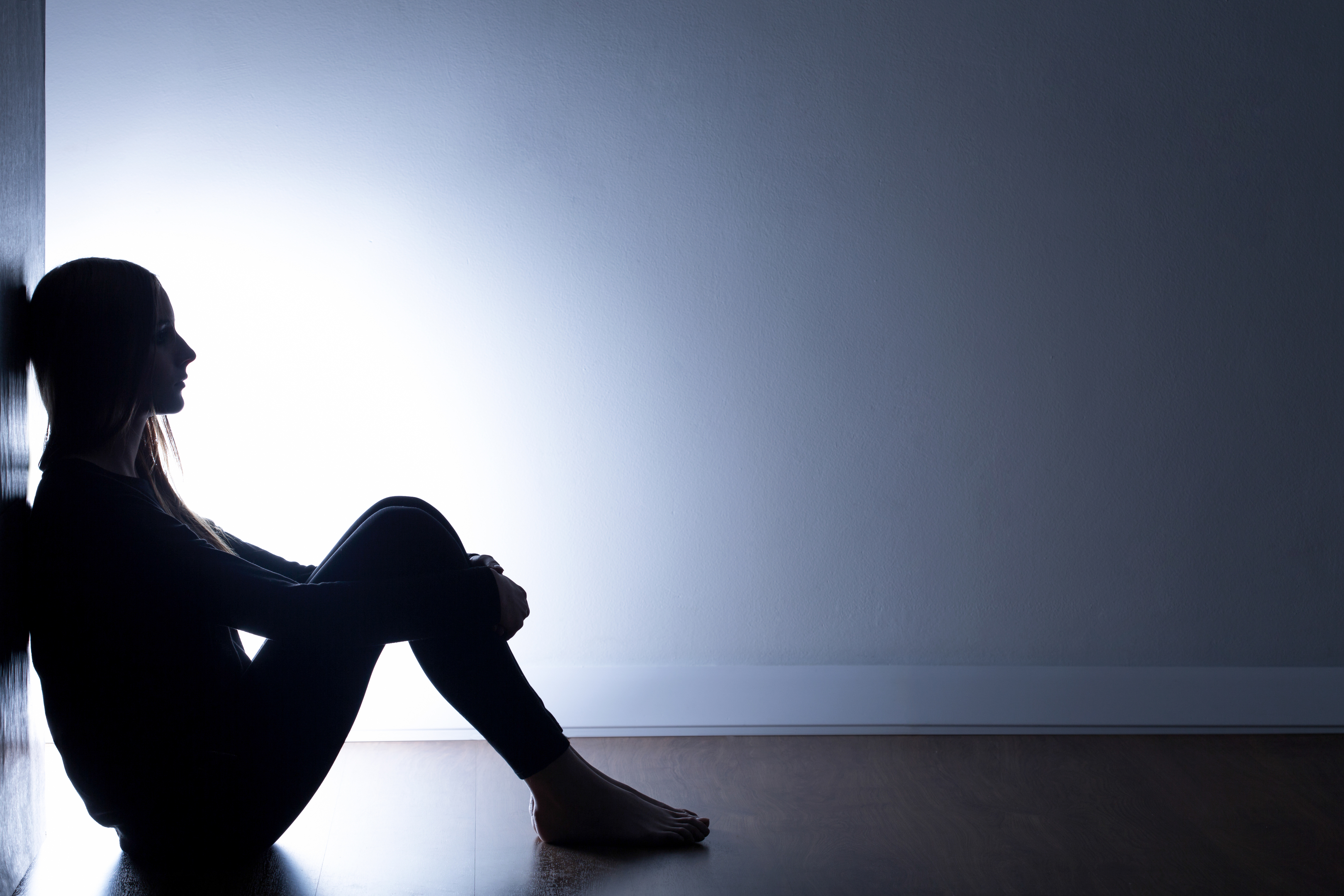
MORE than one in four young carers in Scotland are carrying out their duties alone, according to a study.
The Carers Trust Scotland research matched carers and their perceptions of health and well-being against a sample of young people without caring responsibilities.
The study – carried out by the Children and Young People’s Commissioner Scotland – found those with the highest caring responsibilities reported more negative health effects than those with lower levels of caring.
The analysis also found they were generally less happy, had more stress-related issues and are more likely to have sleep difficulties.
One in four young carers looked after more than one person in their household, according to the research.
Tam Baillie, Children and Young People’s Commissioner Scotland, said: “In comparing the day-to-day lives of young carers in Scotland with those who don’t have caring responsibilities, this report shows that those with the highest caring responsibilities are more at risk in terms of their mental health and well-being, which can have a knock-on effect on other parts of their lives.
“It’s therefore vital that the new mental health strategy, which is due to be published by Scottish Government, ensures that all young people, especially young carers, have access to appropriate mental health services.”
The most common caring activity was spending time with the person they helped and undertaking household tasks.
About 40% of young carers said they dressed or undressed the person they cared for at least occasionally, with financial and more intimate caring tasks done less frequently.
Just over half (51%) reported having to help their relation at some point during the night.
Many of those quizzed felt positive and took pride in their caring role, although around two-thirds said they felt “left out of things” at least some of the time.
Dr Ross Whitehead, HSBC research fellow at the University of St Andrews, which helped conduct the study along with a team of researchers from Blake Stevenson in Edinburgh, said: “The report reveals both the positive and negative aspects of being a young carer.
“The positive includes an apparent ability for caring responsibilities to boost a young carer’s overall life satisfaction, which may ‘override’ the otherwise negative impact of young carers’ socio-economic background.
“However, it also reveals that young carers have a significantly higher incidence of psychosomatic symptoms like headaches and low mood.
“Separate analysis revealed that within the group of young carers, it is those with the greatest number of caring responsibilities that are most susceptible to these symptoms.”
The study quizzed 238 carers under the age of 18.

Enjoy the convenience of having The Sunday Post delivered as a digital ePaper straight to your smartphone, tablet or computer.
Subscribe for only £5.49 a month and enjoy all the benefits of the printed paper as a digital replica.
Subscribe